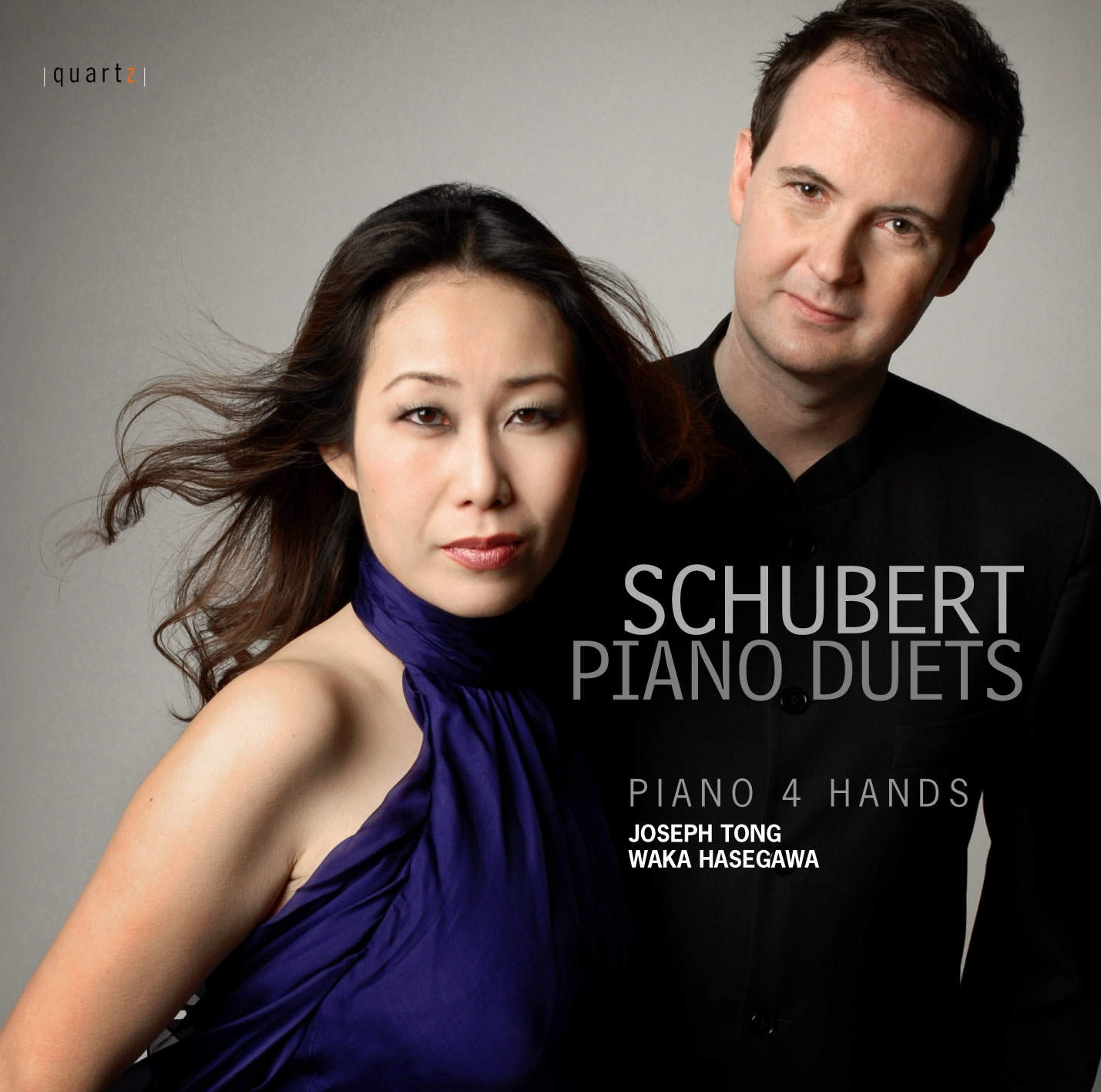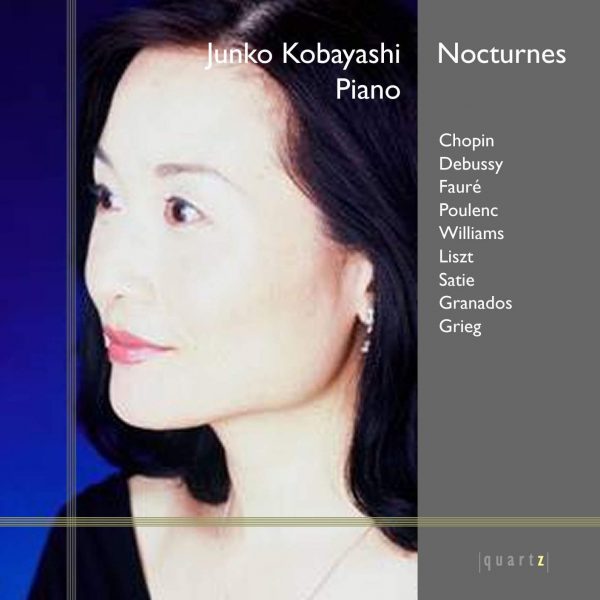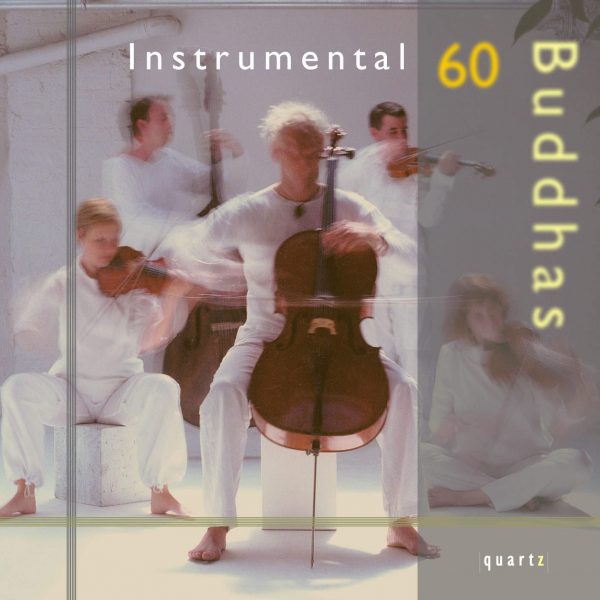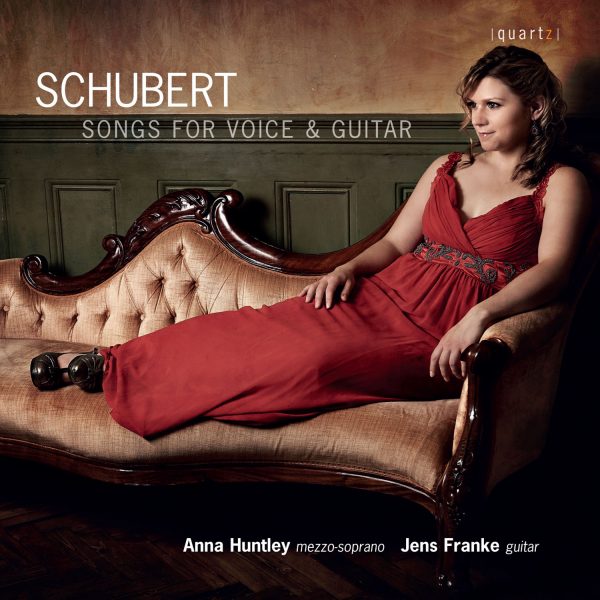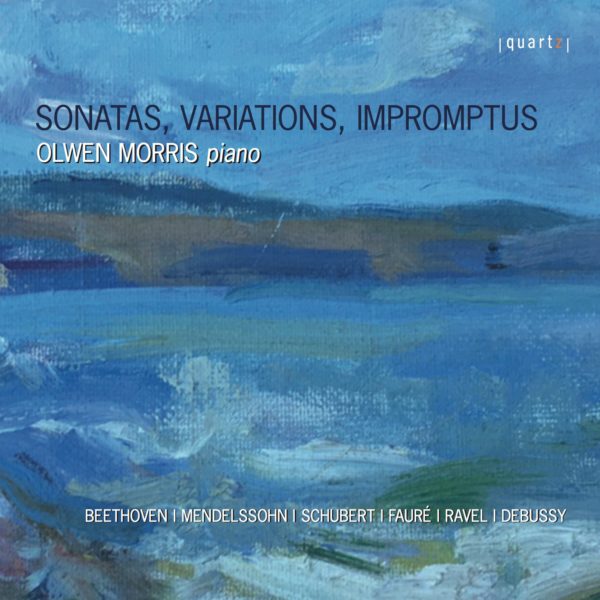Schubert Piano Duets
£4.99 – £11.99
Piano 4 Hands
Joseph Tong
Waka Hasegawa Allegro in A minor “Lebenssturme” D947 (1828)
Rondo in A major D951 (1828)
Fantasie in F minor D 940 (1828)
Allegro molto moderato – Largo – Allegro Vivace – Tempo I
Variations in A flat major D813 (1824)
Tema: Allegretto
Variation 1
Variation 2
Variation 3: Un poco piu lento
Variation 4: Tempo primo
Variation 5
Variation 6: Maestoso
Variation 7: Piu lento
Variation 8: Allegro moderato
About This Recording
No one wrote better for four hands at one piano than Schubert – not even Mozart, who was the first major composer to realise the potential of the keyboard duet for matters more serious than domestic amusement. Drawn to the medium throughout his career, Schubert produced a piano-duet Fantasie in G major when he was no more than 13 and retained his interest well into his last year, when he completed three of the four works recorded on this CD.
The ‘Lebensstürme’ (Storms of Life) title attached to the Allegro in A minor derives not from Schubert but from the salesman’s imagination of Anton Diabelli who published the work two years after the composer’s death. It is not, however, inappropriate. The heavily percussive A minor chords with which it begins – covering five octaves between the left hand of the pianist at the lower end of the keyboard (secondo) and the right hand of the pianist at the top (primo) – are certainly dramatic. The following melody, though quietly presented at this stage, carries a sense of urgency which is actually intensified when the two ideas are repeated. There could scarcely be a greater contrast with that material than the gently expressive chorale introduced, after a wind-down in tension at the bottom of the keyboard, by the primo pianist in A flat major – a key so remote from A minor that it seems to belong to another world. The question is whether Schubert can secure that other-wordly vision in a more realistic key. He tries it in different harmonies, adding a delicate tracery of counterpoint high above it, but the aggressive opening material intervenes and variants of it dominate the tumultuous development section until it returns in its original form. It is only then that the chorale is recalled, eventually finding itself under its counterpoint in A major – which is more realistic but, as it turns, not so convincing as to subdue the anger which has been there from the start. The Allegro in A minor is such a powerful example of sonata form that there has inevitably been speculation as to whether it was intended as the first movement of a sonata. If it was, the piano-duet Rondo in A major, which was written a month later, could well have been intended as the last movement of the same sonata. It is nowhere near as dramatic as ‘Lebensstürme’ but it has the structural breadth to match it in scale and, between the recurrences of the melodious main theme, there are minor-key episodes which could be taken as distant memories of stormy adversity.
One particular stimulus to Schubert’s creativity in the piano-duet medium was his work as tutor to the young Countesses Marie and Caroline Esterházy at their father’s castle at Szeliz in Hungary (now Zeliezovce in Slovakia) in the summer months of 1818 and 1824. On the second occasion he seems to have fallen in love with the younger sister Caroline, who was eighteen years old by then, and it was during the summer of 1824 that he wrote two of his most inspired piano duets – the so-called ‘Grand Duo’ (Sonata in C) and the Eight Variations in A flat – either for the sisters to play together or, perhaps, for the composer to play with one of them.
Caroline Esterházy is said to have complained to Schubert that he had never dedicated anything to her, to which Schubert is said to have replied, “What’s the point? Everything is dedicated to you anyway.” In fact, in 1828 he did formally dedicate to her one of the greatest of all works of its kind, the piano-duet Fantasie in F minor. It is tempting to wonder whether Caroline recognised anything of herself in the nostalgic, faintly Hungarian main theme of the work. Whether in the minor, as at the beginning, or in the major a little later, it has a touchingly innocent quality about it. Set against that vulnerable little tune there is a robust, almost clumsy theme, also in F minor, in the secondo part. The themes are contrasted in alternation rather than developed – except that the more vigorous one does undergo a remarkable lyrical transformation just before the tempo changes from Allegro molto moderato to Largo. Like the earlier ‘Wanderer’ Fantasy in C major, the Fantasy in F minor has four linked movements with no break between them. The short slow movement, in the distant key of F sharp minor, is based on the same sort of contrast as the first movement. This time the violent expression, the equivalent of the second theme of the Allegro, comes first. The lyrical material, a fragment of a romantic duet for soprano and bass, forms a decorative middle section in the tonic major.
The Allegro vivace, which is also in F sharp minor, is the longest movement of the four. A remarkable construction, it is either a rondo or a scherzo with a delicate D major middle section representing either the central episode of the rondo or the trio of the scherzo. Thematically and emotionally this Allegro vivace has little to do with the two preceding movements, however, and it is with a jolt that the tonality returns to the F minor key and the tempo of the Allegro molto moderato opening of the work. The nostalgic Hungarian melody proves as welcome as ever, of course. Besides, the dramatic potential of the second theme had not been developed in the first movement and now there is an opportunity for Schubert to do just that in a masterful display of four-handed counterpoint. Too fragile to be treated in the same way, the first theme is only briefly, but still tenderly, recalled before the extraordinary last few bars of the work.
Composed at Zseliz in 1824, the Variations in A flat were much admired by the Esterházy household and – like many, though far from all, of Schubert’s four-hand pieces – they proved congenial enough to be published not long after they were written. Entertaining though they are, however, they have more to offer than that. The march-like theme itself is conventional in its two-part construction – it consists of 24 bars, the first eight of which are repeated – and most of the variations follow the same pattern. Harmonically, on the other hand, it is more interesting than most of its kind, a feature which inspires some intriguing speculations as the work goes on. Generally speaking, each variation assumes a different rhythmic character, like the triplet figuration that dominates the first and the unfailing flow of semiquavers running under or over the assertive melodic line in the second.
With the slightly slower third variation a strange new phenomenon makes its entry. Instead of retaining the dotted rhythm at the beginning of the original theme, Schubert evens it out in such a way as, deliberately or not, to recall the melody of the B flat entracte from Rosamunde which he had recently taken as a theme for variations in his String Quartet in A minor. If it happened only once it would be unremarkable, but the distinctive dactylic rhythm occurs again in the expressive fifth variation in A flat minor and yet again, after the dramatic gestures of the Maestoso sixth variation, in the slower seventh, where it motivates the probingly, even painfully, introspective harmonies. It is forgotten, however, in the closing seventh variation which, joined to the sixth by a tiny cadenza, takes off in a happy siciliano rhythm, generating ever more virtuoso exuberance as it is extended into a brilliant coda.
Gerald Larner © 2009
Track Listing
-
Franz Schubert
- Allegro in A minor "Lebenssturme" D947
- Rondo in A major D951
- Fantasie in F minor D940
- Variations in A flat major D813
